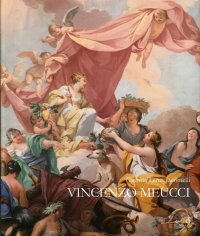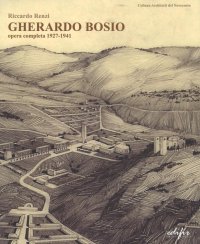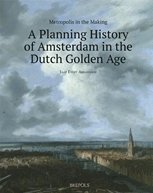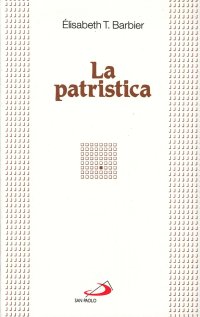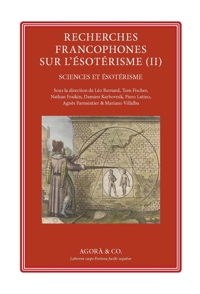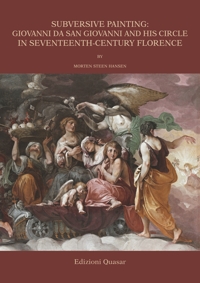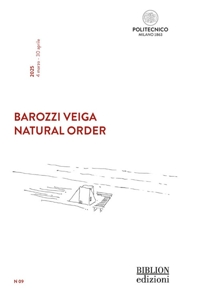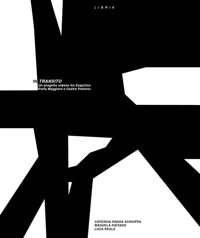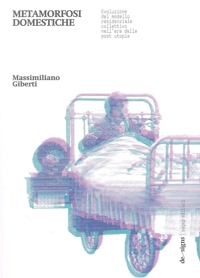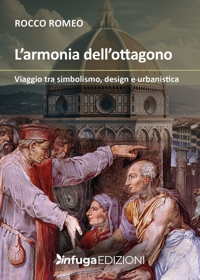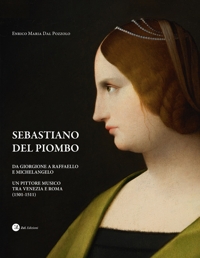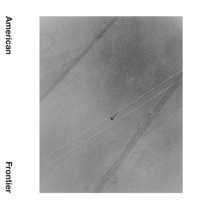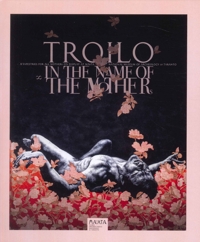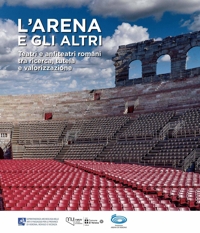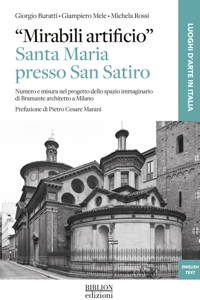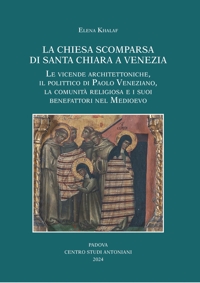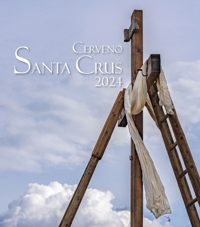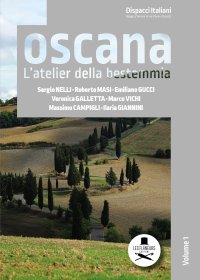Gio. Benedetto Castiglione Genovese. Il Grechetto a Roma. Committenza e opere
Edited by Orlando Anna and Francesco Rotatori.
Genova, 2023; paperback, pp. 304, col. ill., cm 23x29.
cover price: € 150.00
|
Books included in the offer:
Gio. Benedetto Castiglione Genovese. Il Grechetto a Roma. Committenza e opere
Edited by Orlando Anna and Francesco Rotatori.
Genova, 2023; paperback, pp. 304, col. ill., cm 23x29.
FREE (cover price: € 150.00)
Giovan Antonio Dosio Da San Gimignano Architetto e Scultor Fiorentino tra Roma, Firenze e Napoli
Edited by Emanuele Barletti.
Photographs by BACHerin Paolo and Saverio De Meo.
Prima edizione 2011.
Firenze, 2011; bound, pp. 844, b/w and col. ill., tavv., cm 24x28,5.
FREE (cover price: € 98.00)
Vincenzo Meucci
Co-Editore: Cassa di Risparmio di Firenze.
Firenze, 2015; hardback, pp. 304, col. ill., cm 25x29,5.
(Arte).
FREE (cover price: € 50.00)
Gherardo Bosio. Opera Completa 1927-1941
Firenze, 2016; paperback, pp. 368, b/w and col. ill., cm 23x28.
(Architetti del Novecento. Storia e archivi).
FREE (cover price: € 60.00)
Metropolis in the Making. A Planning History of Amsterdam in the Dutch Golden Age
Brepols Publishers
English Text.
Turnhout, 2019; bound, pp. 535, 105 b/w ill., 100 col. ill., cm 22x28.
(Architectural Crossroads. 6).
series: Architectural Crossroads
ISBN: 2-503-58030-0 - EAN13: 9782503580302
Subject: Civil Architecture/Art,Urbanism
Period: 1400-1800 (XV-XVIII) Renaissance
Languages: 
Weight: 2.64 kg
After the Fall of Antwerp in 1585, Amsterdam took over its position as the central trade hub in northwestern Europe and grew rapidly to become one of Europesurge in trade and industry went hand in hand with an explosive growth of Amsterdam, in 1613 and 1663 respectively, which increased the surface area of the city fivefold. Around the old town, the famous ring of canals was constructed. Beyond this residential district, mixed-use and industrial zones were laid out, while the construction of new harbour islands resulted in a five-kilometre waterfront along the borders of the IJ, the sea-branch that connected Amsterdam to the rest of the world.
In the Dutch Golden Age, Amsterdam became an extraordinarily modern city, laid out in accordance with the trifold demand for functionality, beauty, and profit. It thus occupies a unique place in planning history because of its location, design, and impressive scale. This book examines how the administrative bodies of Amsterdam managed to undertake and complete these immense projects from the viewpoints of urban design, infrastructure, water management, logistics, and finance.
The first part of this study is dedicated to the extension projects. A thorough analysis of extant administrative archives and numerous cartographic documents has enabled the author to reconstruct the decision-making process concerning the scale, design, and realization of the extensions. The second part examines in detail the use of the land, public space, and water management. Metropolis in the Making tells the story of one of the most meticulously planned cities in the world, and reveals how Amsterdam thus became, among many other things, a significant cradle of early modern capitalism and urbanism.
Stefano Russo € 24.22
€ 25.50 -5 %









